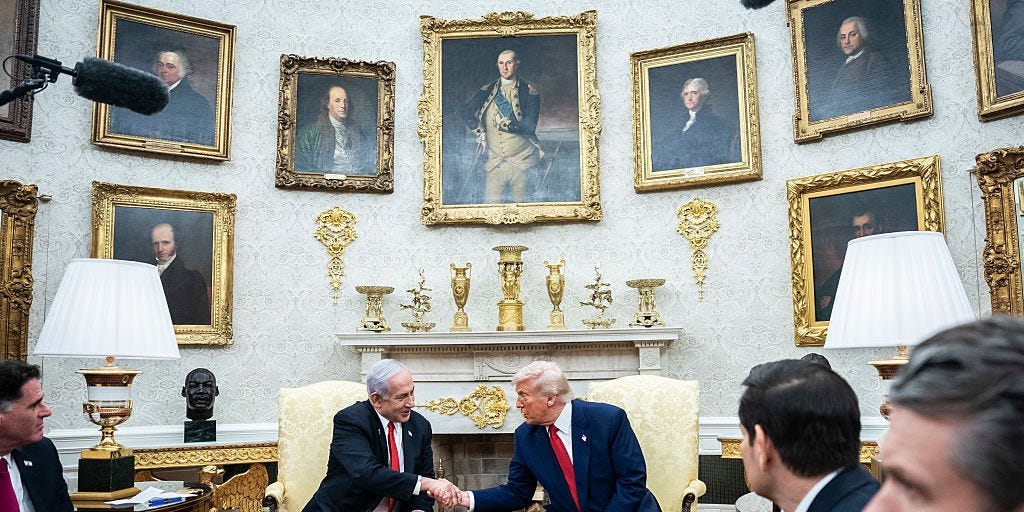Inside Trump's Oval Office Makeover: A Visual Tour of Presidential Decor Transformation

When President Donald Trump stepped into the Oval Office, he transformed the historic space with his signature bold aesthetic, bringing his well-known penchant for opulence and grandeur to the heart of American political power. True to his personal brand, Trump immediately infused the traditionally understated presidential workspace with his trademark maximalist style, characterized by lavish gold accents and luxurious furnishings that reflected his distinctive taste.
The presidential workspace became a visual representation of Trump's larger-than-life personality, with gleaming gold-toned decorative elements that stood in stark contrast to the more restrained design choices of his predecessors. From gilded picture frames to ornate desk accessories, every detail spoke to the president's love of extravagance and his unapologetic approach to interior design.
Where previous presidents had maintained a more classic and subdued approach to the Oval Office decor, Trump's redesign signaled a dramatic departure from tradition. His personal style transformed the iconic room into a space that was unmistakably his own—a bold statement of power, wealth, and individual expression that mirrored his unique approach to the presidency.
